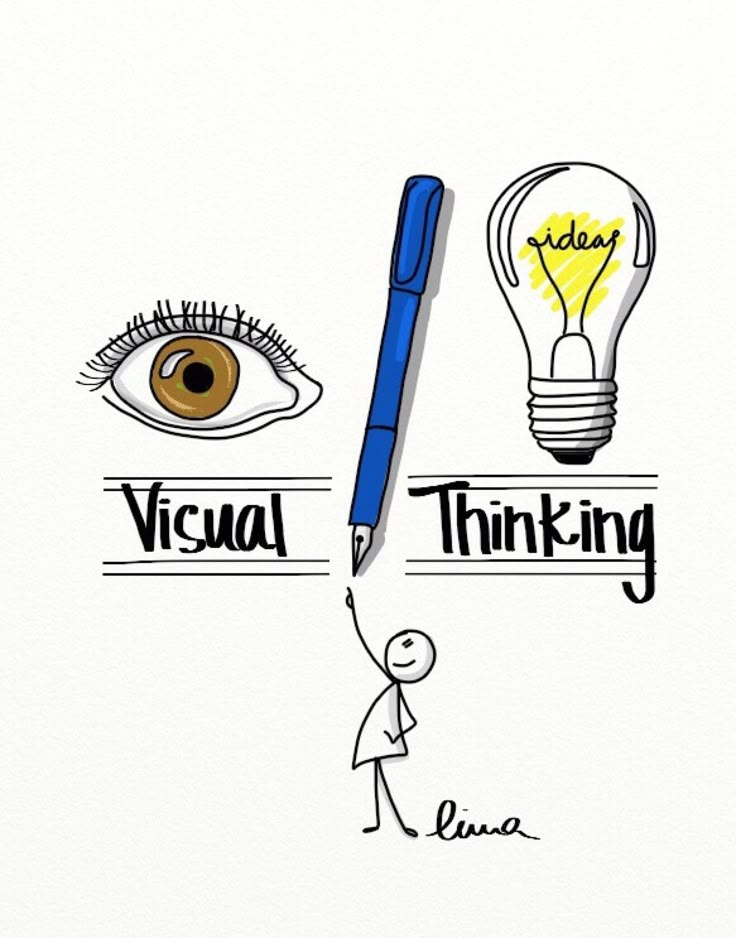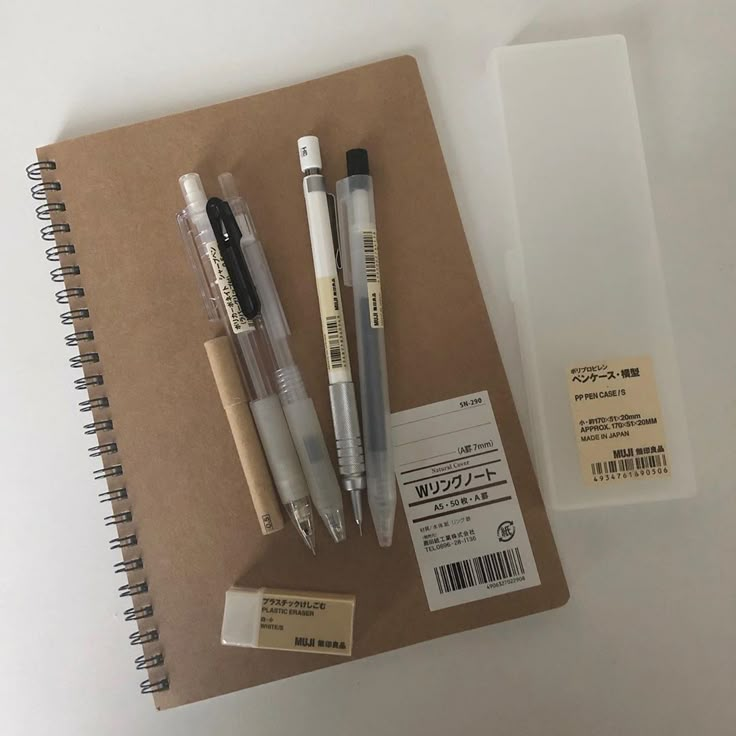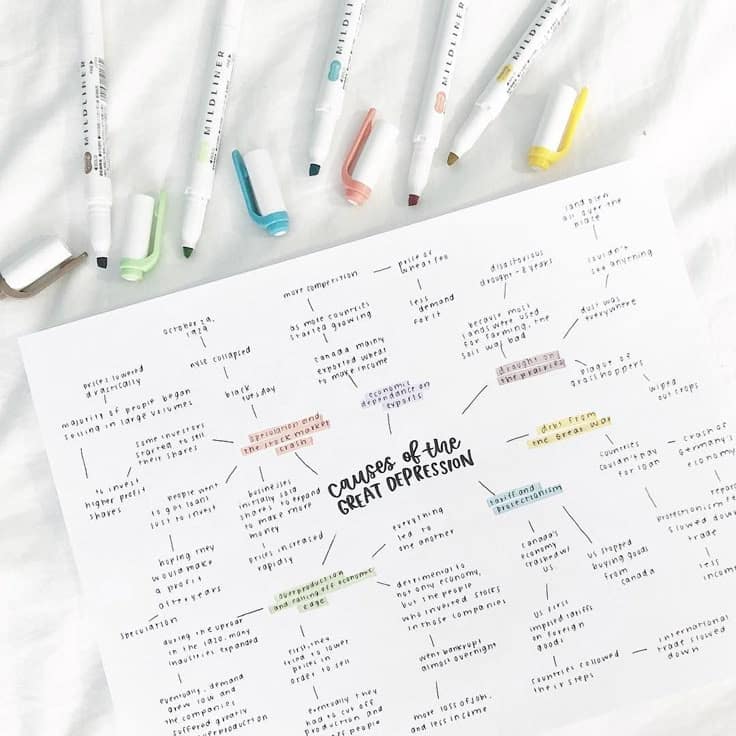In a world inundated with information, capturing thoughts visually can be a game-changer. Visual notes not only aid memory retention but also unlock creativity in everyday situations. By incorporating drawing into daily routines, anyone can transform mundane ideas into vibrant concepts.
Whether in a meeting, classroom, or casual brainstorming session, utilizing sketches can enhance comprehension and engagement. Simple doodles or diagrams can clarify complex subjects, making them more accessible to everyone involved.
This blog post will explore practical tips and strategies for integrating visual notes into daily life. From quick tips on effective sketching to ways to enhance personal understanding, readers will discover how to elevate their thinking through creativity.
The Basics of Visual Notetaking
Visual notetaking combines images and words to capture ideas effectively. It allows for creative expression and enhances memory retention. This approach can be tailored to individual preferences and situations.
Understanding Visual Thinking


Visual thinking involves using images to convey ideas. It helps individuals process information better by creating mental connections. This method encourages creativity and facilitates understanding complex concepts.
Participants in workshops often notice improved comprehension and recall when utilizing symbols and doodles. These visuals serve as memory anchors, making recall easier. By translating thoughts into visuals, a clearer narrative emerges.
Essential Tools and Materials


Having the right tools is crucial for effective visual notetaking. Here are some essential items:
- Notebooks: Choose one that’s suitable for sketching, like a bullet journal or sketchbook.
- Pens and Markers: Use a variety of colors and tip sizes. Fine liners and brush pens offer flexibility for different styles.
- Sticky Notes: Helpful for adding ideas without cluttering the main page.
Using these tools can enhance creativity and organization during note-taking sessions. Experimenting with different materials can lead to discovering personal preferences.
Basic Drawing Techniques


Applying basic drawing techniques can significantly improve visual notes.
- Shapes: Simple shapes like circles, squares, and triangles can represent ideas or categories.
- Icons: Use recognized icons to simplify complex concepts, like a lightbulb for ideas or a clock for time-related notes.
- Arrows and Lines: Connect thoughts with arrows. This organizes information visually.
These techniques can help create a visually appealing layout. Practicing these skills builds confidence and makes the process enjoyable. Regular practice leads to a unique style in visual notetaking.
Implementing Visual Notes in Daily Life
Visual notes can enhance understanding, retention, and creativity in various aspects of daily life. By integrating these techniques into work, personal growth, and creative practices, individuals can reap the benefits of visual thinking.
Incorporating Visual Notes at Work


In a workplace setting, visual notes can streamline communication and idea sharing. When attending meetings, participants can sketch diagrams or mind maps to represent complex ideas. This not only aids in processing information but also encourages engagement.
Creating a visual agenda for meetings can help keep everyone on track. A simple list can be transformed into an illustrated flowchart, showing the sequence of topics. This method promotes clarity and makes discussions more dynamic.
Using tools like whiteboards or digital apps offers flexibility for collaboration. Employees can contribute ideas visually, helping teams to brainstorm effectively. Ultimately, visual notes can enhance productivity and foster innovation in team environments.
Visual Notetaking for Personal Growth


Visual notetaking aligns perfectly with personal growth goals. Individuals can use these techniques to visualize their objectives and progress. For instance, creating a vision board with images and drawings can inspire motivation.
Daily journaling can also benefit from visual elements. Incorporating sketches or icons alongside written entries makes reflections more engaging. This practice reinforces learning and allows for a deeper understanding of personal experiences.
Tracking habits visually is another excellent approach. Individuals can create charts or graphs to monitor progress in various areas of life. By seeing these visual representations, they can celebrate achievements and identify areas needing attention.
Creative Exercises for Everyday Practice


To cultivate the habit of visual notetaking, individuals can engage in simple creative exercises. Doodling during free moments can encourage spontaneous ideas. A sketchbook kept handy can capture thoughts without pressure.
Another exercise involves turning daily tasks into visual representations. For example, illustrating a grocery list or daily schedule can make mundane tasks more interesting. This practice fosters creativity and helps to remember important details.
Joining a community or group focused on visual notetaking can provide support and inspiration. Sharing visual notes with others can spark new ideas and techniques. Integrating these practices into daily life makes visual notetaking a fun and rewarding experience.
- 2shares
- Facebook0
- Pinterest1
- Twitter1


